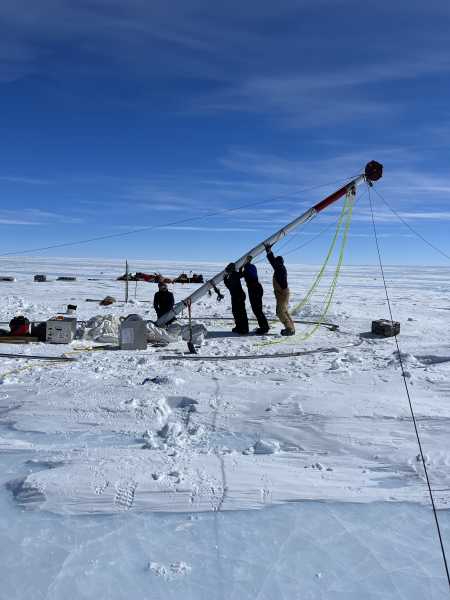LIFE has reportedly been discovered on Mars, a controversial alien biology publication has bizarrely announced.
For hundreds of years humans have looked at the Red Planet and pondered whether alien life could survive in outer space. Now a controversial report titled Mars: Algae, lichens, fossils, minerals, microbial mats, and stromatolites in Gale Crater claims to have beaten revered space agency NASA in the confirmation of green algae on Earth’s nearest neighbour.
Although Mars is smaller than Earth, its 4,222 miles (6,794 km) diameter means there is plenty of ground to explore.
What we found was surprising
The team focused their alien life search on Gale Crater, site of ancient Martian lake once periodically filled with liquid water.
Many scientists, including those at NASA, believe Gale Crater may have and may still provide a watery environment conducive to the proliferation and fossilisation of a wide range of organisms.
To test this hypothesis and to survey the Martian landscape, over 3,000 photographs from NASA’s rover Curiosity Gale Crater image depository were reportedly examined by a team of 14 experts in astrobiology, astrophysics, biophysics, geobiology, microbiology, algae, lichens, fungi, and fossils.
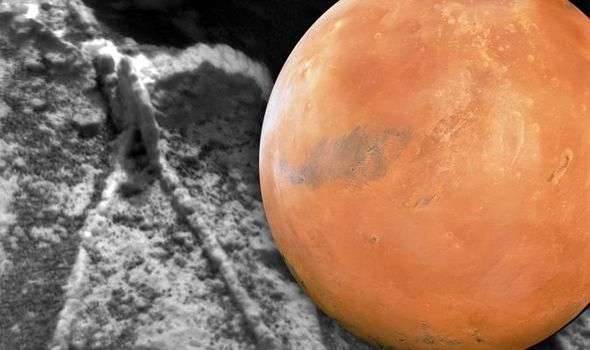

READ MORE
-

UFO sighting: NASA spies ‘giant alien craft’ pass in front of Sun
The controversial team published their bizarre conclusions in this month’s edition of the Journal of Astrobiology.
Dr Rudolf Schild, said to be a Harvard-Smithsonian astrophysicist, wrote: “What we found was surprising.
“We discovered Martian formations resembling metazoan fossils and observed hundreds of specimens which closely resemble algae and dimpled lichens attached to mudstone.
“The blue green algae, known as cyanobacteria were also found in close proximity to what appears to be calcium biosignatures and open-apertures similar to the oxygen-gas vents produced by cyanobacteria as they respire oxygen, a product of photosynthesis.
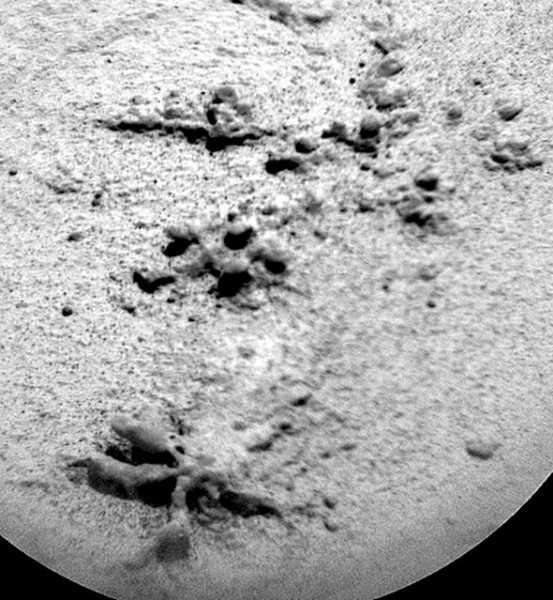

“Calcium builds shells and bones, and on Earth oxygen made possible the evolution of oxygen breathing animals, including humans.
“The implications for the evolution of life on other planets are profound.”
Cyanobacteria, also known as blue-green algae, release oxygen into the atmosphere and produce calcium via their mucous secretions.
Calcium is employed to cement together stromatolites, microbial mats, ooids, and Nostoc balls.
DON’T MISS
Does Google Mars photo show crashed UFO on Mars? [VIDEO]
NASA Curiosity rover spots ‘alien base’ on Mars [VIDEO]
UFO abductee warns why we should NEVER contact ‘evil’ extraterrestrials [VIDEO]
As detailed in their just published report, formations with all these features were observed and identified in Gale Crater, which may have provided a habitable environment for the last 3.7 billion years.
Located near the equator of Mars, Gale Crater was formed around 3.7 billion years ago and presumably filled with water to became Gale Lake.
Layers of clouds have been observed above the crater whereas clouds on Earth can have up to 100 percent water saturation.
When coupled with daytime air temperatures as high as 6C (43F) the study claims there is evidence Gale Crater may be periodically moistened with sufficient water to sustain a variety of organisms.
Dr Gibson of Scripps Center for Astrophysics and Space Sciences, is quoted as saying: :“And we discovered that Gale Crater is the best place to look for it.”
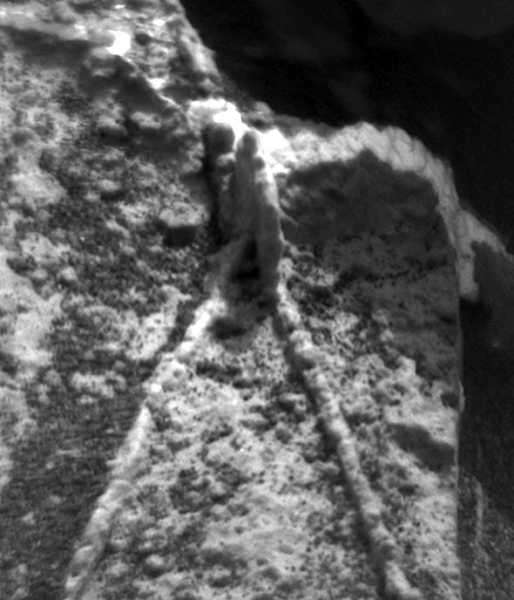
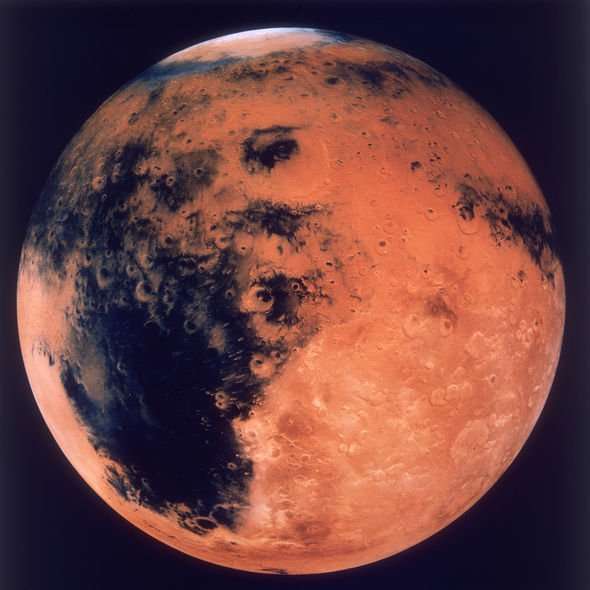
Many scientists have suspected Gale Lake may have been similar to Lake Thetis of Western Australia and hosts similar communities of marine organisms.
A unique feature of Lake Thetis are its numerous concentric stromatolites.
In the same way, six Martian specimens resembling concentric stromatolites are claimed to have been observed as reported by this scientific team.
Dr Vincenzo Rizzo of Italy’s National Research Council, who is said to have first reported evidence of stromatolites on Mars in 2009, said: ““Not all terrestrial stromatolites are biological and the same could be said of those on Mars.
“To determine biology, the stromatolite must meet specific criteria.
Trending
“Of the six concentric Martian specimens we identified, three of them met most or all the criteria for biology.
“In addition, we found evidence of microbial mats with the typical ‘peanut brittle’ consistency of Lake Thetis bacterial mats.
“Of course, the only way to know that for sure is by direct examination.”
The team also claim to have both identified and presented evidence of green algae which partially covered Martian rocks, sand, and fungi-like surface features.
They also admit it is possible – but not likely – these algae-like specimens are exfoliated weathered rocks
Sourse: www.express.co.uk




